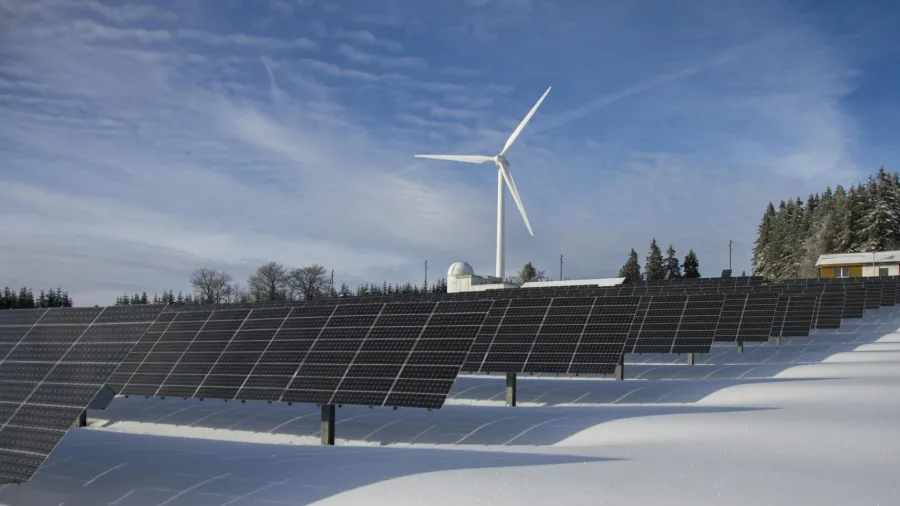
How CEOs, policymakers can navigate hurdles of energy transition
There are 25 physical challenges that need to be tackled to advance the transition, says McKinsey & Co.
Companies and countries today engaged in an effort to transition the energy system and reduce the global emissions of carbon dioxide (CO₂), McKinsey reported.
Deploying low-emissions technologies, such as solar and wind power and electric vehicles (EVs), have advantageous properties; however, further understanding of the physical realities of the transition is also important.
The report noted 25 interlinked physical challenges that would need to be tackled to advance the transition.
This involves developing and deploying new low-emissions technologies and entirely new supply chains and infrastructure to support them.
Herewith, CEOs and policymakers both have a role to play in tackling the physical challenges of energy transition.
McKinsey highlighted that near-term opportunities and deployment of fast-maturing technologies can be captured by companies through exploring the areas in which they have a strategic advantage and the geographies that offer the most attractive prospects to play offense and create value.
Policymakers similarly need to understand what it would take to drive deployment in these areas in their regions as well as how to best unleash the potential of the private sector to capture these opportunities.
An example would be through incentives and sending appropriate demand signals.
To be able to unlock the next tranche of opportunities, the report noted that companies must secure the supply of critical inputs through collaborations with suppliers.
They must also build capabilities in supply chains to unlock supply and consider how innovation could help manage the magnitude of demand for such inputs.
Policymakers can also play a role in helping coordinate action across stakeholders and in untangling constraints related to permitting for transmission and distribution or to land availability.
Furthermore, companies should consider where they may be able to innovate and address performance gaps or weigh the broader system-level changes in how technologies mesh together and how end-use sectors employ technologies that could also address performance gaps.
Whilst these challenges are the farthest from being fully solved, there are still opportunities to make some progress in the short term, such as using energy efficiency or recycled inputs in industrial processes.
This imposes on policymakers a critical role to play in helping create the incentives to invest in innovation and foster cross-sector collaborations for broader system-wide changes.












